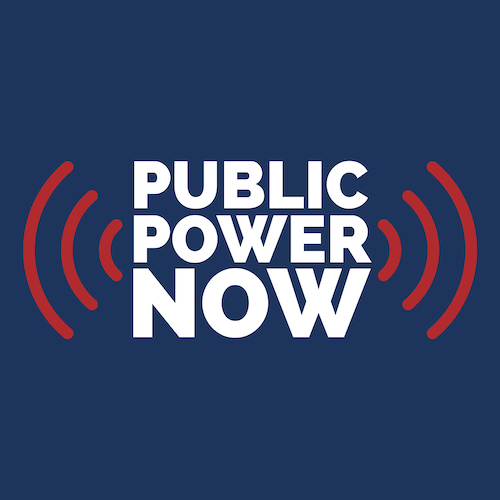The Oregon Department of Energy recently released a draft Oregon Energy Strategy for public comment.
When finalized, the Oregon Energy Strategy will serve as an overarching approach for Oregon’s policy makers, agencies, and Oregonians to help make decisions on our long-term energy future, the Oregon DOE said.
The draft Oregon Energy Strategy identifies five pathways that represent the direction Oregon needs to take to meet the state’s energy goals. For each pathway, the draft strategy recommends policies to guide actions and decisions over time. The strategy also includes near-term legislative and policy actions.
The draft pathways to guide Oregon are:
- Energy Efficiency: Advance energy efficiency across buildings, industry, and transportation sectors, including by expanding access to and appeal of multimodal transportation options, to deliver the benefits of a more efficient energy system.
- Electrification: Increase electrification of end uses across the economy, including in transportation, buildings, and industry, while incorporating measures to safeguard reliability and support affordability.
- Clean Electricity: Invest in clean electricity infrastructure to maintain reliability and promote load flexibility to reduce system costs.
- Low-Carbon Fuels: Advance the use of low-carbon fuels in the hardest-to-electrify end uses to achieve GHG emissions reductions while maintaining industry competitiveness and a reliable electricity grid.
- Resilience: Strengthen resilience across all levels of the energy system, including utilities, communities, and customers, enhancing Oregon’s ability to adapt to climate change and mitigate other risks.
The implementation of each pathway must consider the burdens and benefits to communities across Oregon; an equity and justice framework is incorporated into the draft Oregon Energy Strategy to be used in the development and implementation of energy policy, the Oregon DOE said.
The public is invited to share feedback on the draft recommendations using the public comment portal through Sept. 22, 2025.
Feedback on the draft will inform the final Oregon Energy Strategy, which will be submitted to Governor Kotek and the Oregon Legislature by Nov. 1, 2025.
Developing the Oregon Energy Strategy
As directed by Oregon House Bill 3630, the strategy will outline potential actions to meet the state’s energy policy objectives, including greenhouse gas emission reduction goals, reliability, and affordability.
The state DOE said the Oregon Energy Strategy:
• Identifies pathways to achieve the state’s energy objectives, including decarbonization goals, reliability, and affordability.
• Considers benefits and challenges of different pathways, including how they may affect energy costs for households in Oregon, air quality and public health, and employment
• Presents legislative and policy recommendations
• Reflects input from Oregonians who informed the strategy
To create the draft, the project team combined data gathering and energy modeling, technical analysis, and policy discussions anchored in engagement with Oregonians of diverse backgrounds and perspectives from across the state.
Over the last two years, ODOE has convened an Interagency Steering Group, Advisory Group, and several Working Groups to help inform and provide feedback on the development of the report.
ODOE hosted information and listening sessions, and has accepted public comment throughout the development process.
The feedback collected from Oregonians to date has informed the draft released on Aug. 14.

